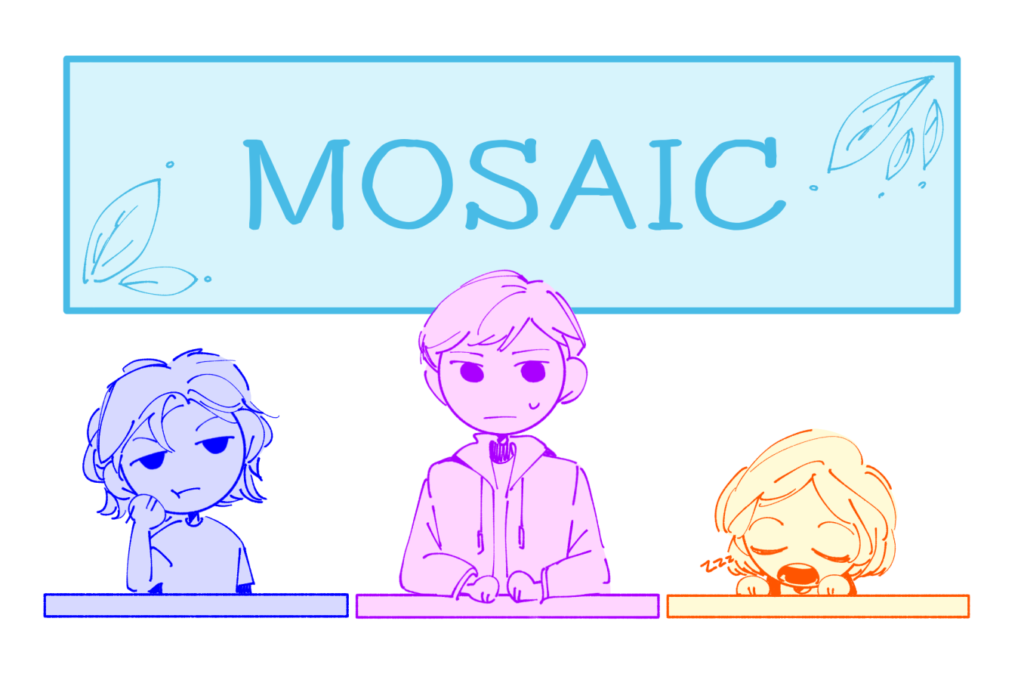If you tell a group of kindergarteners returning from recess to sit down for a math lesson, the results will obviously vary. Some may ignore you and others may listen, but overall, your instructions are probably not enough to force each child into their seats.
I predict something similar will happen with Making Our School An Inclusive Community (MOSAIC). The program has replaced last year’s advisories and occurs once a month on a Blue Day tutorial. Students even have a MOSAIC period printed on their schedules with a corresponding teacher that they see each month.
The problem here is not necessarily the content. It’s that MOSAIC seeks to cover topics teens mostly learn through life experiences.
It’s important to enlighten teenagers on pertinent subjects like bullying, sexual harrassment and mental health, but the school would be better off condensing the lessons to 10- to 20-minute classes sparsely dotting the year’s calendar.
Just like the kindergarteners, high schoolers won’t see the necessity of certain information by someone simply spilling it onto them.
Urging students to mingle with people who are a different race from themselves or to develop positive mindsets is unlikely to succeed. You can’t force someone’s mind into thinking a certain way by merely telling them to do so — this is especially true with regards to wisdom and overall maturity. Teens have their entire lives ahead of them to learn about such vital knowledge and will attain true social knowledge through self-actualized insights. In other words, they have to live it to believe it.
Additionally, the new period doesn’t seem much different from the previous advisories. This was clear during the first tutorial presentation in August, which listed the topics as such: academic success, health, diversity, equity, belonging and inclusion. The slide containing that information was even titled “Advisory.” Critiques of that previous class thus extend to the new one because it evidently functions under the same “monkey see, monkey do” premise, where the assumption is that if students see a video of someone taking care of their mental health, they will too. A recast doesn’t spare the deficiencies of the concept. It may seem too early to exercise judgment on this new system, but to me, it seems like advisory 2.0.
I think the class aims to sacrifice precious minutes once every month, offering little in return, expending time that could be spent visiting teachers, studying and socializing with friends — things far more meaningful to an adolescent than a behavioral structure shoved down their throat. Students should use tutorial to expand social-emotional connections, intelligence and health instead of being told how to handle it.
If they are given the opportunity to chart their own plans, they will not only use their time more productively, but also have a more enriching school life. If the school issued a vote on whether MOSAIC should continue for the rest of this year, I’m pretty certain more than half of Saratoga High would reject it.


























